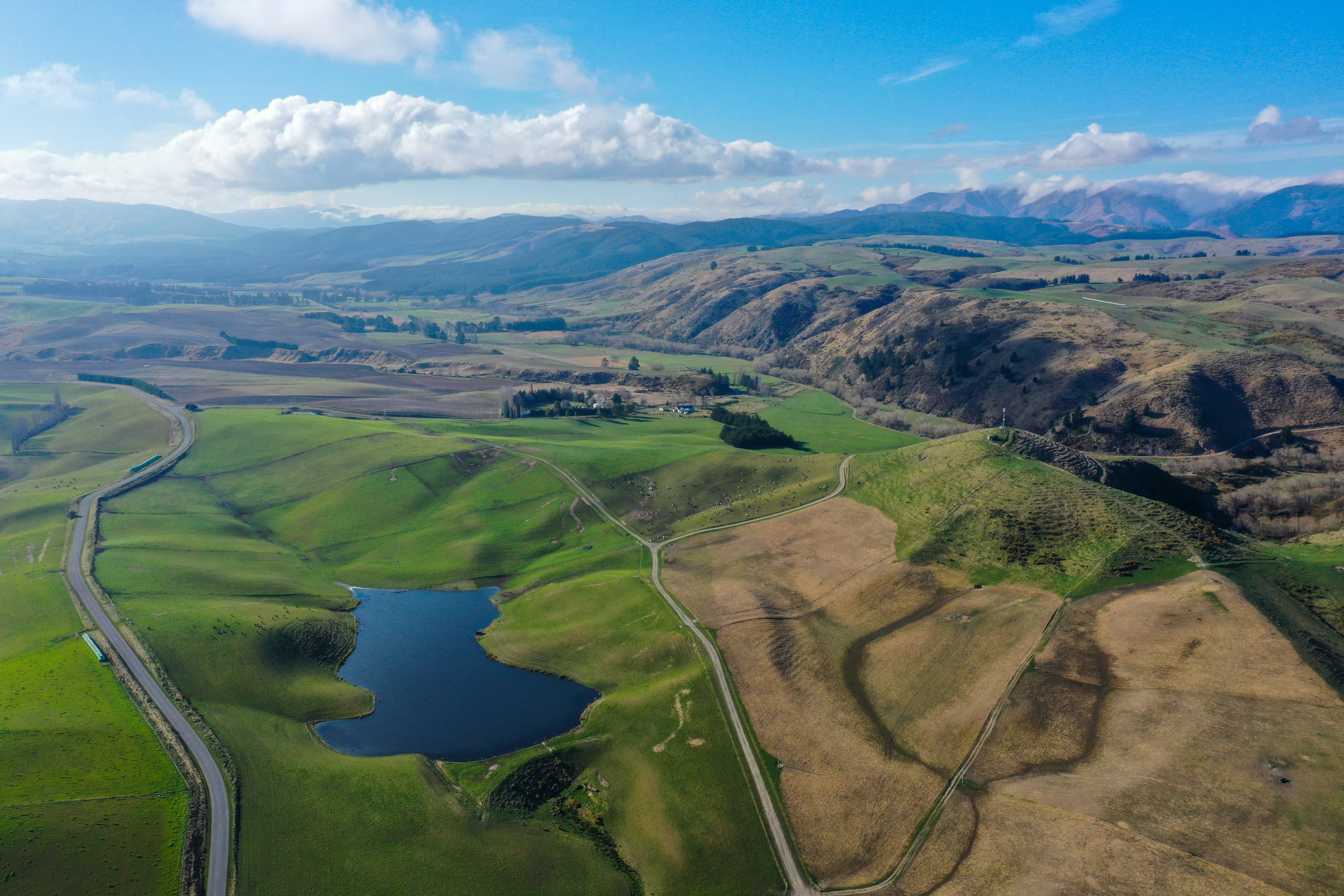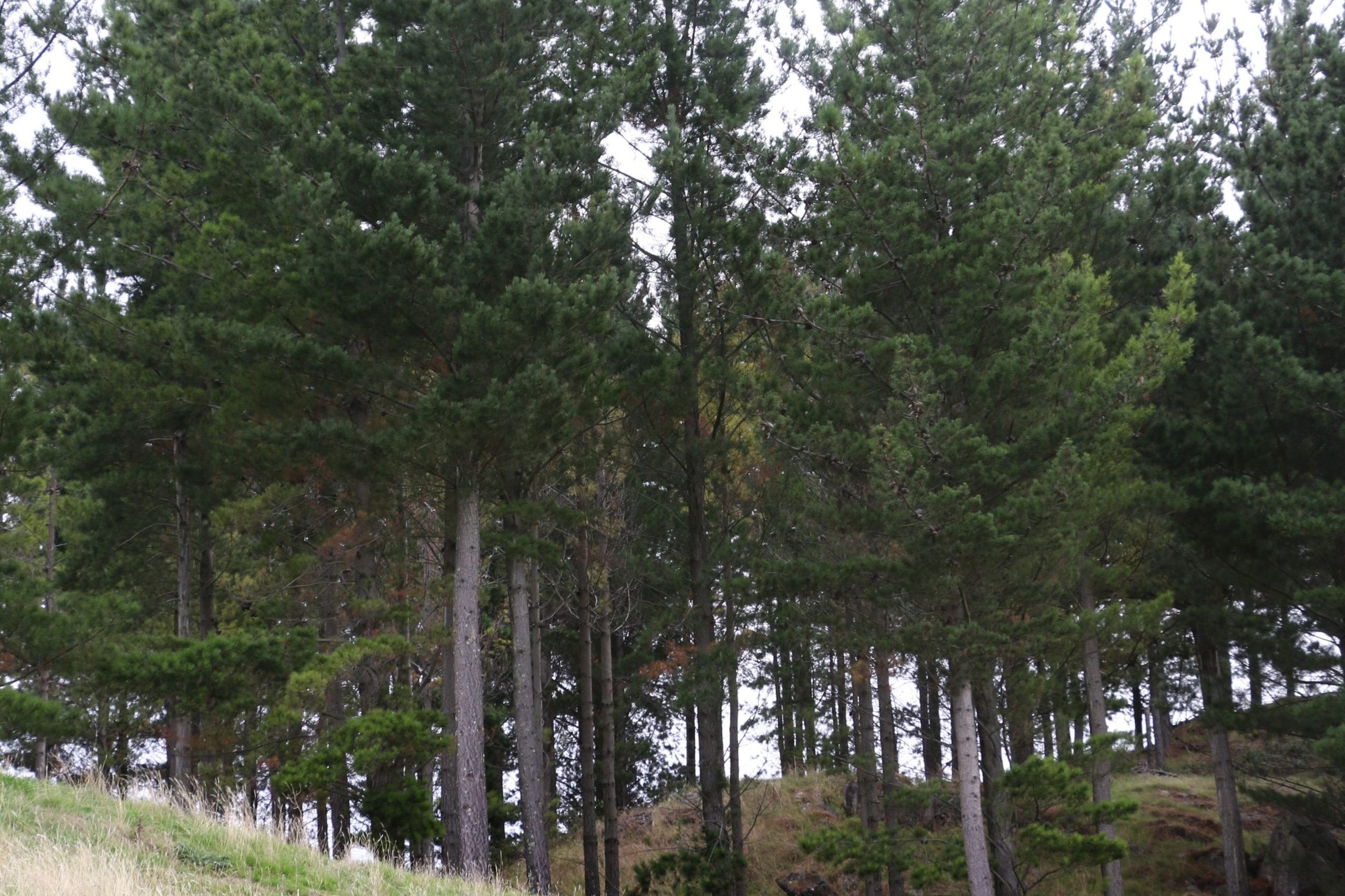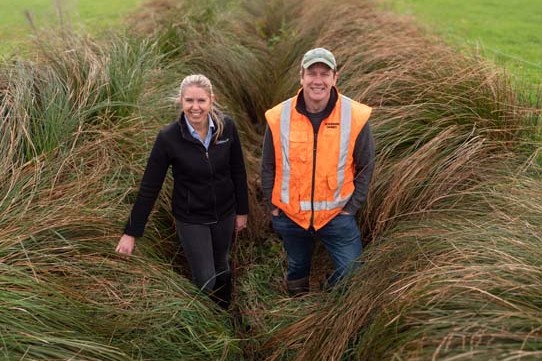Mike Lambourn
For the dairy grazier in the south-eastern United States, higher than optimum temperature range can occur as early as late spring and continue into mid-autumn.
With the exception of the north west, most other graziers fall into some part of this seasonal gap. When optimum temperature range becomes excessive, cows are adversely affected by this and therefore come under heat stress. Once lactating cows become heat stressed, there is a significant reduction in milk yield and reduced reproduction performance.
Heat stress results from a combination of environmental factors that exceed a cow’s comfort zone and ability to keep cool. Managing heat stress in cows begins with understanding what environmental conditions are optimum for cows and how they will react to temperatures and humidity above these norms. Four environmental factors that influence the severity of heat stress are air temperature, relative humidity, air movement and solar radiation.
The optimal temperature range for grazed cow comfort is between 7C to 21C. Once temperatures climb above 23C, with moderate humidity, cows will experience mild levels of heat stress. There is a measurable reduction in drymatter intake at 23C. In any dairy farmer’s language, reduced drymatter intake equals, for starters, a reduction in milk production.
Ample shade and unlimited access to fresh, clean drinking water is an absolute minimum requirement to reducing heat stress.
Under mild heat stress cows begin to cool themselves by sweating and breathing rapidly. Dairy cows can only sweat about 1% as much as humans, so increasing breathing rates, all the way to open-mouthed panting becomes the main response for cows trying to keep cool.
Cows suffering from heat stress quickly stop eating largely in an effort to diminish heat coming from rumen fermentation. Because high-producing cows have higher drymatter intakes, they produce more metabolic heat and will be at greater risk. When a cow is breathing heavily enough to pant, she is burning a large amount of energy to do it. Heat stress also increases the cow’s vulnerability to other health risks — mastitis, elevated SCC and abortion.
Because most US dairy farmers that predominantly graze do not have the luxury (or the expense and maintenance) of climate-controlled free stall, bedded pack barns or shaded dry lots, they need to implement cooling strategies when their cows are quickly approaching or at the heat stress threshold.
Ample shade and unlimited access to fresh, clean drinking water is an absolute minimum requirement to reducing heat stress. There are other cooling strategies that graziers can and are now using besides shade. Large ponds that allow cows to wade out to mid-rib are an option but these are costly to maintain and, to be efficient need a rechargeable water source such as a spring or close proximity to well water. If not kept fresh these ponds can become tepid, stagnant and a good breeding grounds for all kinds of bacteria.
Many graziers are now turning to centre pivot cooling. These can be pivots set up just for cooling with mister nozzles. Generally, with this situation, as the heat increases, it may not be worth sending the cows out to graze for the day at all.
The cows are milked in the morning, fed either grain in the parlour or TMR and then sent to the cooling pivot where they stay until afternoon milking. After milking in the evening the cows will be sent out to graze a 24-hour allotment of pasture at night.
As a rule, cows can consume close to 80% of their daily drymatter intake from pasture this way. Other dairy graziers have set up their irrigation-purpose centre pivots with a secondary line that has misters attached. The pivot is simply walked in the early morning to the paddock that will be grazed that day.
The misting line is turned on and the group of cows have the opportunity to cool off under the mist and then go and graze. Once the cows make their way to the parlour the pivot can be walked back to its irrigation stage to continue watering at night.
One dairy operation that has this irrigation/cow cooling system down to a fine art is Hart Agriculture, originally a New Zealand dairy operation founded by Dr Richard Watson and his wife Belinda. Based in Waynesboro, Georgia (about 20 minutes south of Augusta), Hart Agriculture consists of three dairy units and a support block (1600ha), all are fully irrigated by centre pivot, producing milk for a national co-operative and liquid milk for their own branded label sold through a large supermarket chain.
The support property, Shell Block, carries the R2 heifers from breeding through to calving, pastures cows through their dry period and also provides surplus non-GMO corn silage to the dairies when they need it.
Milk production from grazed forage is by far the main focus of the company and all cows have year-round access to pasture. Pastures consist of forage oats and annual ryegrass for winter grazing and pearl millet, crabgrass and Tifton 85 bermudagrass for the summer.
With Georgia being in the south-east, summer temperatures can reach a heat index of 43C. To get cows to consume a reasonable amount of drymatter from grazed forage, heat stress management is of paramount importance. Operations managers Cliff and Maggie Reindl make sure that the predominantly LIC-bred ‘Kiwicross’ herds are comfortably cooled under the pivots and grazing quality forage as soon as possible after the morning milking.





